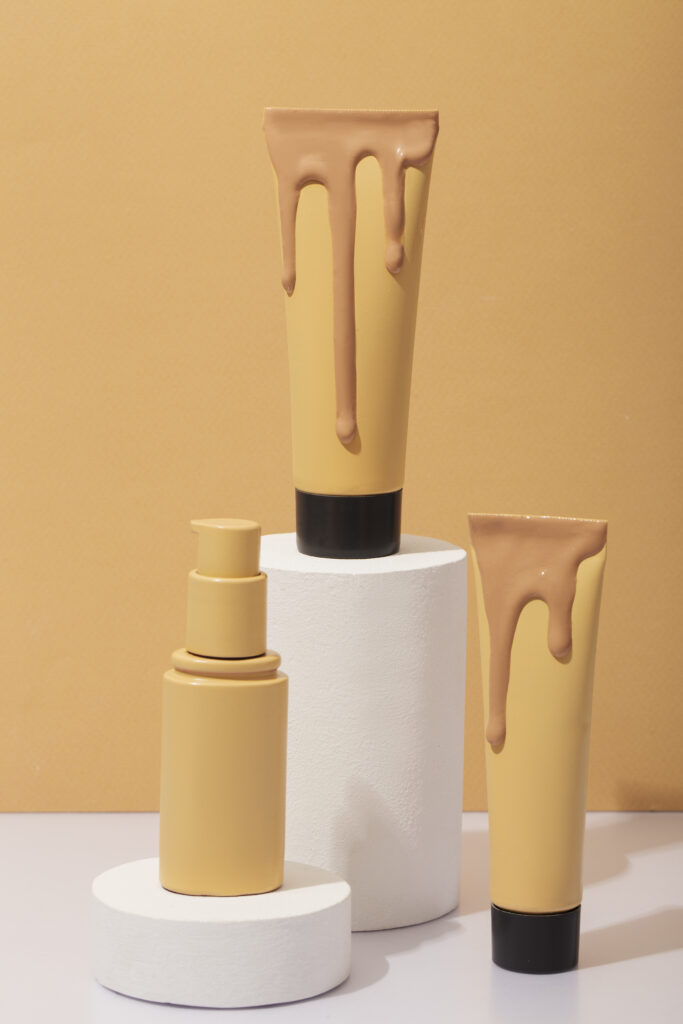If you’ve ever squeezed toothpaste, lotion, or hand cream from a tube, you’ve probably never thought about how that tube was sealed so neatly at the bottom. But for manufacturers, that small detail is a major part of ensuring product quality and reliability.
At Birchwood Contract Manufacturing, every product that leaves our facility goes through precise tube filling and sealing processes. The way a tube is sealed not only prevents leaks but also protects the product inside, ensures shelf stability, and gives the final package its clean, professional look.
Hot air sealing is the most widely used and advanced technique in cosmetic and pharmaceutical tube packaging which is the method we use at Birchwood.
Here’s how it works: after a tube is filled with product, a nozzle directs a stream of precisely controlled hot air inside the open end. This heat softens only the inner layer of the tube (typically polyethylene), while keeping the outer surface intact.
Then, sealing jaws press the softened end together to form a perfectly smooth, airtight seal. The result? A clean, durable, and consistent finish that looks great and performs even better.
At Birchwood, we rely on hot air sealing because it offers:
This combination of precision and performance makes hot air sealing the preferred choice for everything from skincare and haircare to OTC pharmaceuticals and industrial gels.

Hot jaw sealing uses heated metal bars (called jaws) that press directly on the open end of the tube to melt and bond the plastic together.
It’s a straightforward and reliable method often used for small production batches or single-layer plastic tubes. However, because the heat is applied directly, it requires careful control to avoid visible marks or deformation on the tube surface.
Hot jaw sealing is dependable but it can’t quite match the speed, polish, and precision of hot air systems.
Ultrasonic sealing relies on high-frequency vibrations instead of traditional heat. The ultrasonic energy creates friction between the tube layers, fusing them together instantly.
It’s an energy-efficient, “cool” method that works even if some product is close to the sealing area. That makes it popular in medical or eco-friendly packaging where precision matters most.
However, it’s slower than hot air sealing and requires more complex equipment, making it less practical for high-volume consumer manufacturing.

Induction sealing uses electromagnetic energy to heat a thin foil layer embedded in certain laminate tubes. The foil melts the surrounding plastic, sealing the end from the inside out.
This creates a strong, tamper-evident barrier, ideal for sensitive or high-value products. But because it requires specialized foil-lined materials, it’s used less often in standard tube packaging. Birchwood uses this method often in other packaging such as bottles or jars.
Crimp sealing is the traditional method for aluminum tubes, like those used for paints, adhesives, and medical ointments. Instead of heat, the machine mechanically folds the open end typically twice or three times to lock it shut.
It’s strong, tamper-proof, and durable, but only suitable for metal tubes. You typically see this method on paint tubes or thick hand creams.

For many industries, from personal care to pharmaceuticals, tube packaging is more than just a convenient container. It’s a functional part of the product’s performance and shelf life. A proper seal ensures:
Even the smallest imperfection in sealing can lead to customer complaints, wasted product, or recalls so it’s one of the most important final steps in contract manufacturing.
Tube sealing may seem like a small detail, but it’s one of the most important steps in the manufacturing process. It’s what keeps your product safe, stable, and shelf-ready.
At Birchwood Contract Manufacturing, our hot air sealing process gives every tube the smooth, reliable finish it deserves because excellence doesn’t stop inside the tube. Nobody wants a leaking product.
